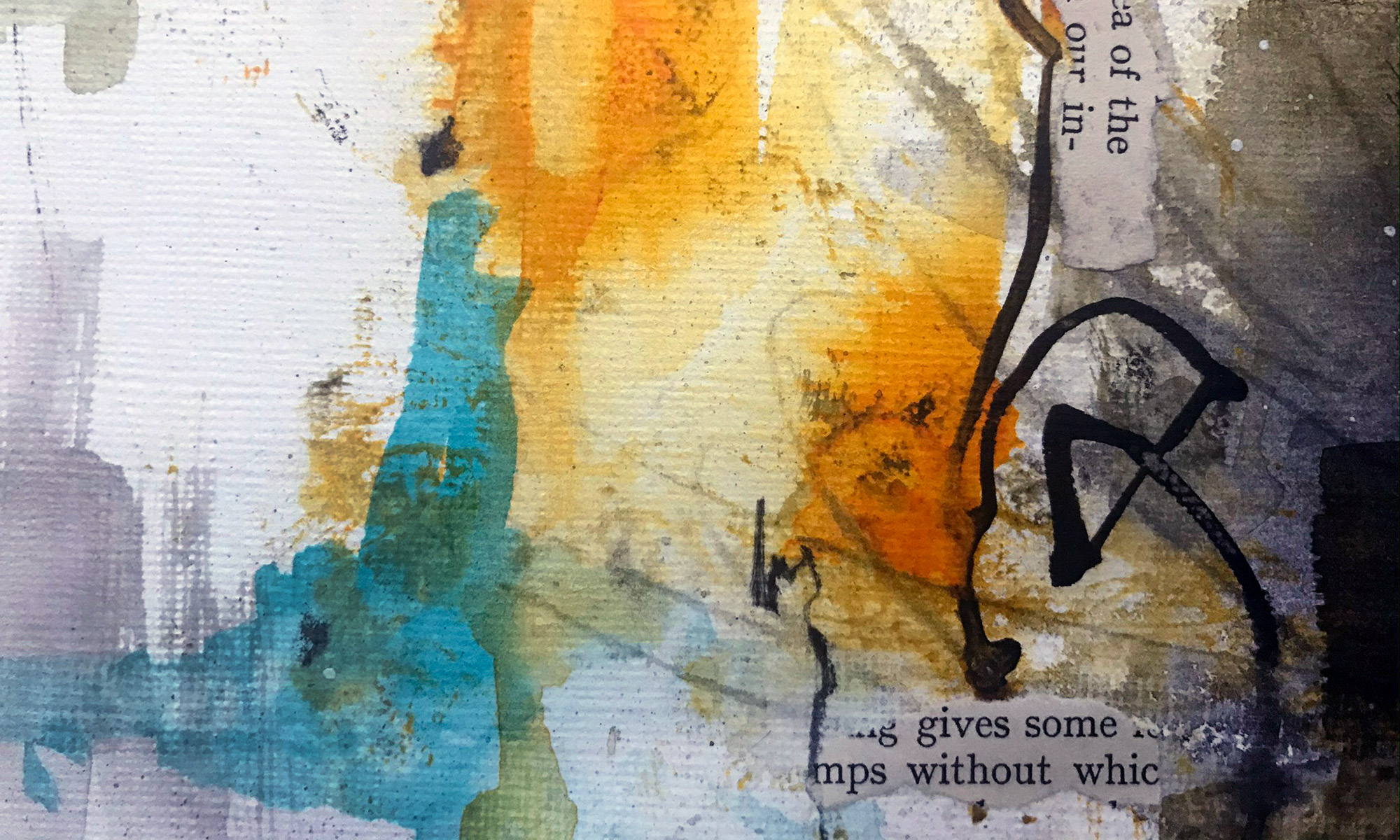In the weeks leading up to our wedding anniversary this year we discovered that the 9th anniversary gift, here in the UK, is pottery. However due to some confusion we had last year, when we mixed up UK and US gift lists, I had already been given some lovely pottery as a wedding gift. So this year my husband decided to buy me a ‘make-your-own-pottery’ kit!
The kit I received was made by Sculpd and came complete with two bags of clay, various tools, a set of pastel paints and sealant.

Now, although I have dabbled with ceramics at college, and did a short night class, none of these had amounted to anything great, so I was a little apprehensive.
Thinking of what to make, I decided that as we had got married in Portmeirion, North Wales – which is known for its pottery and is a beautiful, pastel-coloured, Italianate village – I would take inspiration from the architecture.
I looked through a small guide book I had bought on Portmeirion village, and made a few initial sketches, looking to capture the essence of the various styles of buildings…

Once I had settled on a design, I drew out my pieces on graph paper, to make sure I had the scale correct – I didn’t want it to be too big or too thick in case I ran out of clay! I found some pieces of wood to use as a guide for the thickness and rolled out the first bag of clay and used the graph paper as templates for cutting out the shapes.

Each piece was designed to make up the wall of a building with details including windows, shutters and doors that I needed to cut out. This bit was quite time-consuming and fiddly, but very relaxing.

As the clay is air-dried, I needed to keep each piece covered with cling film until I had finished cutting out the details on all of the pieces.

Constructing the piece was much easier than I had anticipated. I had visions of it collapsing on itself but the clay was surprisingly sturdy and it all held together. I scored the edges where two pieces were to meet and used a slip of water and clay to bind them together.

The piece needed to dry out before I could paint it, and this took several days. Once it was thoroughly dry I gave it a base coat of white paint before painting the walls in pastel blue, pink and yellow along with a deeper blue and painted a checker-board effect on the floor.


I really enjoyed this project, much more than I thought I would. And as this piece only used up one bag of clay, I’m now planning what to do with the second bag…
